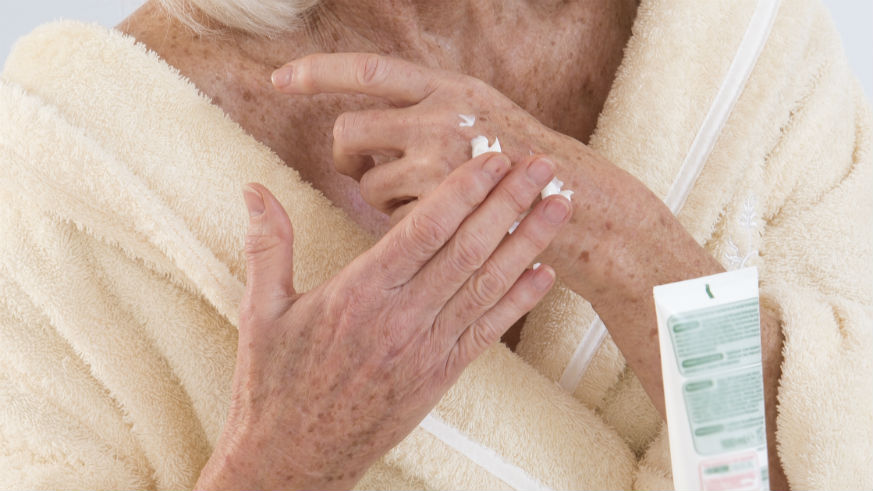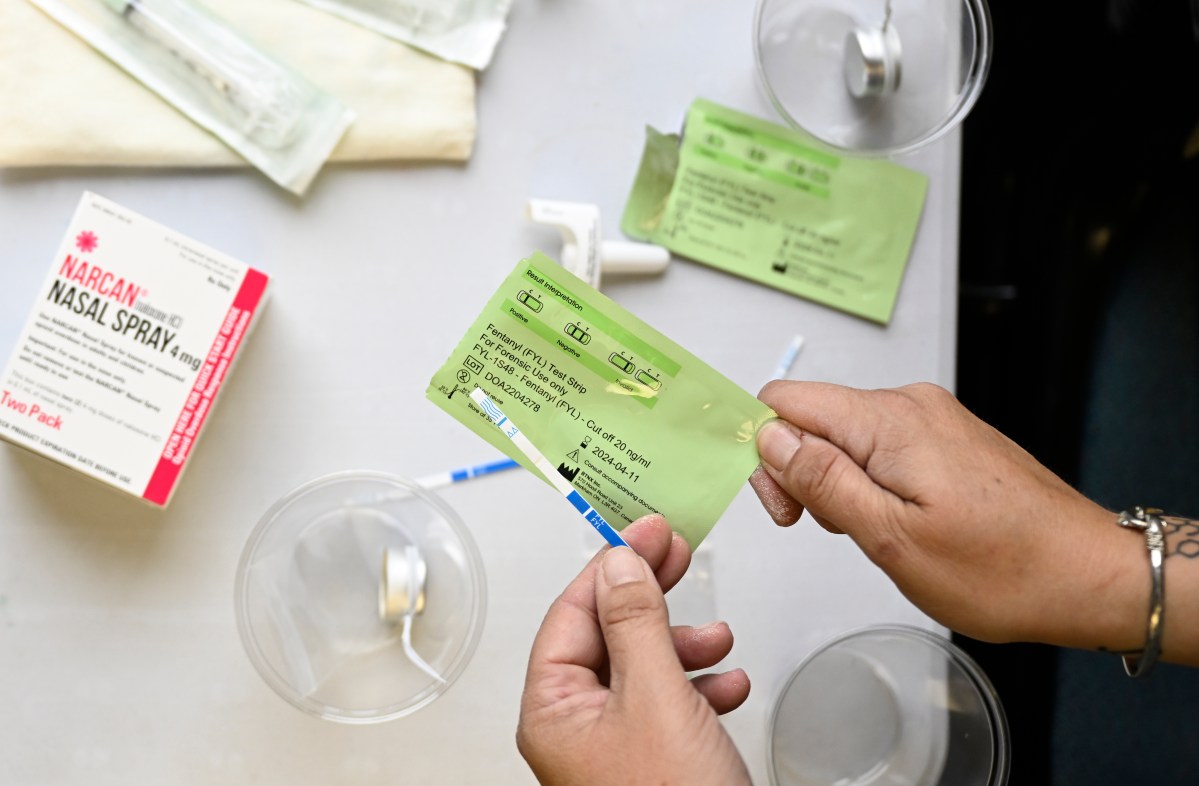The whipping winter winds can leave you with more than cold fingers and toes.
It can also dry your skin, causing it to crack, itch and just plain hurt. The good news is that you don’t have to resign yourself to a season full of dryness. Instead, it just requires you to switch up your skincare routine — at least until spring starts. Here’s how to treat dry skin and, ultimately, fix it so you’re not just easing the pain.
Why does skin get dry in the winter?
Dry winter skin comes from a perfect storm of factors, including the cold air and, unfortunately, hot showers.
Winter skin is at least 25 percent drier, according to one dermatologist. The low humidity also plays a big role because it causes the water in your skin to evaporate more rapidly, leaving with that familiar tight feeling.
We also spend a lot more time inside. Indoor heating might keep us warm, but the heat can dry out our skin and mucous membranes, leading to dried, cracked and even bleeding skin.
Frequent handwashing and your love of antibacterial hand sanitizers also wreak havoc on your skin because soap and the alcohol in the sanitizers zap the natural oils from your hands. And here’s the ironic part: You wash and sanitize your hands to keep illness away, but dry and cracked skin can create microscopic cuts that can actually cause infections or bring in bacteria that cause illness.
How to treat dry skin in the winter
We’ve painted a bleak picture about winter skin, but there are ways to prevent it. Here’s how to treat dry skin and even reverse it.
1. Fix your diet
First thing’s first: Make sure you’re eating well and drinking a lot of water. You might not notice that you’re dehydrated like you do during the warmer months, but water is leaving your skin all the time. You can combat dry skin from the inside-out by getting in plenty of water and eating foods rich in omega-3 fats (like salmon).
2. Make Your Home More Comfortable
You should invest in a humidifier to keep moisture in the air inside your home — and turn down the heat when you shower to a temperature warm enough to be comfortable, but not scalding hot. Alternatively, you can also opt for cold showers.
Also, turn down the heat. You don’t have to freeze, but dropping the indoor temperature a few degrees can help with dry skin.
3. Avoid Harsh Soaps (If You Can)
It might not be the most convenient thing to do, but bringing your own moisturizing soap with you can keep you from having to use harsh soaps on your hands.
4. Slather on Lotion Constantly
Lotion is one of those things that people either love or hate. If you’re a hater, get over it — at least for the winter.
Applying a rich body lotion (like AmLactin Moisturizing Body Lotion) right after you towel off from a shower to lock in moisture. Apply liberally throughout the day as you make your way outdoors, especially after washing your hands. Better yet: Keep a bottle of hand cream in your purse or backpack so you always have it available.
Extremely chapped skin can benefit from a generous amount of lotion, followed by a petroleum jelly (ideally, Vaseline). Petroleum jelly works by creating a thick barrier between your skin and the elements so the moisture can’t be sucked out by the dry air.
If petroleum jelly isn’t appealing to you, invest in thick body butters and creams with moisturizing ingredients like glycerin, uric acid, lactic acid, ceramides and hyaluronic acid.


























